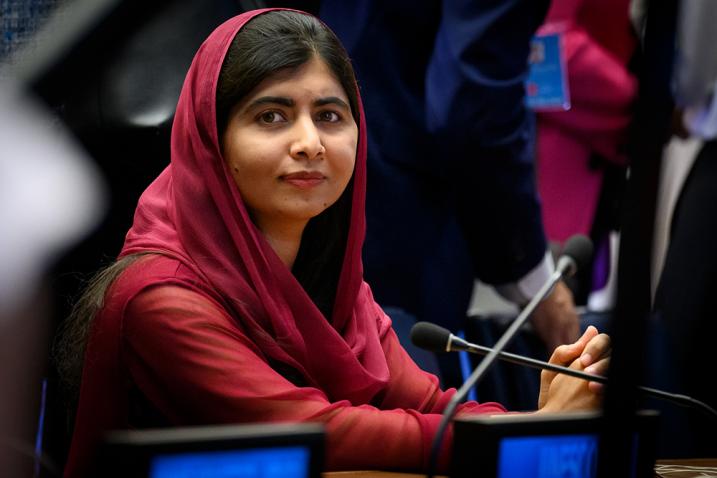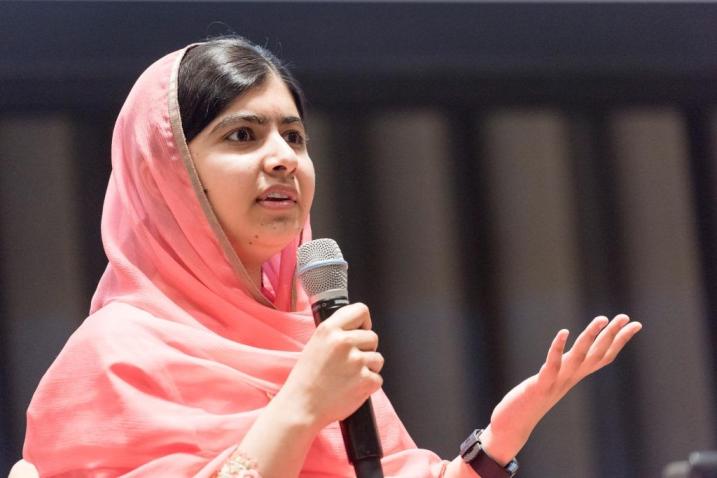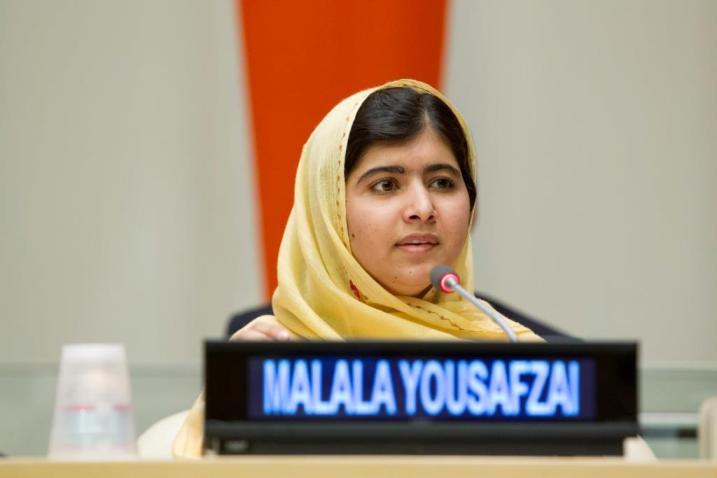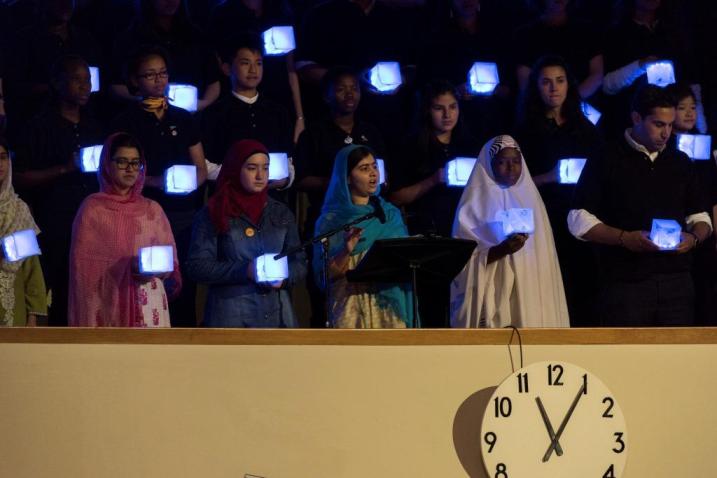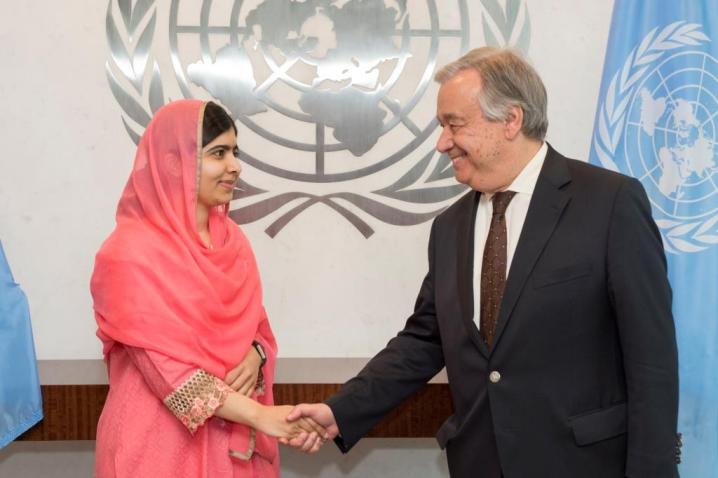About
Malala Yousafzai became an international symbol of the fight for girls’ education after she was shot in 2012 for opposing Taliban restrictions on female education in her home country of Pakistan. In 2009, Malala had begun writing a blog under a pseudonym about the increasing military activity in her home town and about fears that her school would be attacked. After her identity was revealed, Malala and her father Ziauddin continued to speak out for the right to education.
The Taliban’s attack on Malala on 9 October 2012 as she was returning home from school with her friends received worldwide condemnation. In Pakistan, over 2 million people signed a right to education petition, and the National Assembly ratified Pakistan's first Right to Free and Compulsory Education Bill.
In 2013, Malala and her father co-founded the Malala Fund to bring awareness to the social and economic impact of girls' education and to empower girls to demand change. In December 2014, she became the youngest-ever Nobel Peace Prize laureate. Secretary-General António Guterres designated Malala as a United Nations Messenger of Peace in 2017 to help raise awareness of the importance of girl’s education.
FOCUS AREA: GIRLS’ EDUCATION
Quality education is the foundation for improving people’s lives and for sustainable development. Major progress has been made towards increasing access to education at all levels and increasing enrolment rates in schools, particularly for women and girls. The world has achieved equality in primary education between girls and boys. However, few countries have achieved that target at all levels of education. Moreover, 57 million children still remain out of school. Bolder efforts are needed to achieve universal education goals. In September 2015, at an historic UN Summit, world leaders adopted the 17 Sustainable Development Goals intended to mobilize efforts to end all forms of poverty, fight inequalities and tackle climate change. Goal 4 is aimed at ensuring inclusive and quality education for all and promoting lifelong learning. The targets for Goal 4 include eliminating gender disparities in education by 2030.
Resources
- Sustainable Development Goals (SDGs) - Quality Education - Goal 4
- Sustainable Development Goals (SDGs) - Gender Equality - Goal 5
- United Nations Children’s Fund (UNICEF)
- United Nations Educational, Scientific and Cultural Organization (UNESCO)
- Sustainable Development Goals (SDGs)

